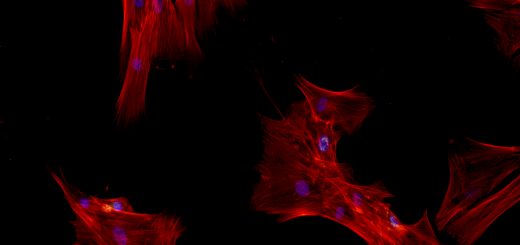Language Diffusion

According to UNESCO, most of our languages will be phased out and replaced by a few dominant ones by the end of this century. The phenomenon, called a language shift, might make things easier for international business or for going on holiday, but it will also mean a great loss of cultural diversity. “I think that all languages have the same inherent value and should be celebrated and ‘saved’, so to speak,” says linguist and physicist Katharina Prochazka. In a new paper, she and her co-author have modelled a language shift mathematically, inspired by the physical theory of diffusion.
Diffusion usually refers to the movement of atoms and molecules as they spread out and move from a high-concentration area to a low-concentration area. As a model it has been used to describe other phenomena too. Previously, in the case of language, a diffusion model using differential equations has been used, but the authors argue that this model is limited because it averages information over a big region of space. To properly investigate language, locally, they needed to model it microscopically.
Microscopically? Yes. As in through a microscope? Not really. Prochazka wanted to be able to see how a dominant and a minority language spreads over time, not averaged over a region but within that region. So they focused on small population units like hamlets, villages, towns and neighbourhoods, and used a so-called agent-based model. “[The model is] based on the idea of cellular automata: basically dividing everything into small grid cells and creating rules for each cell to determine the cell state in the next year,” Prochazka says.
One particular advantage of this type of model is that you can model things like ‘language islands’. Language islands are pockets of the minority language that seem to persist, although they’re surrounded by the dominant language. This model contrasts with the old model which works based on a forward-moving “front” between the two languages, but this needn’t be the case in real life.
And the point about real life is an important one. “The hard part was actually not deciding on what mathematical approach to use, but rather finding the linguistic data — as it turns out, it is very difficult to find data about any kind of language use which spans a lot of time and space,” Prochazka says. In this study, the researchers decided on a region of southern Austria which borders Italy and Slovenia and which for a long time has had a substantial but shrinking Slovenian-speaking minority. This particular region has extremely well-documented language data, and so they were able to compare their new diffusion model with actual data in two time periods, one before the World Wars and one after.
They found that model fitted the real data nicely – and they were able to reveal what factors were most important in determining the spread or retreat of a language. You might imagine that things like bilingual schools or the language spoken at church would be very influential, but in fact they found that interaction with speakers was the main driving force. As such, for a language to be preserved, there must be a neighbourhood of minority-language speakers, ensuring interaction between themselves. Interestingly, they also saw different dynamics between rural and urban areas, where they speculate that a sense of identity might play a larger role in keeping the minority language alive.
Overall, this highlights the main advantages of using modelling as opposed to case studies – which tends to yield more individualised information. “The thing I like most about mathematical modelling is that it allows us to uncover trends on a very large scale,” Prochazka says. “If we want to see the bigger picture, we need lots of data and a tool for analysing it—which is precisely what mathematical modelling offers,” she explains. “So with modelling we can see if there is, say, a general decline of minority language use in urban areas. And if we see such a trend, then we can think about what to do next.”
Whether you agree with preserving small languages or whether you’re ready to embrace a new, three-lingo world, a language shift will probably influence you and your community. Employing models from physical science like this could help us understand it, maybe even before it happens1.
Edited by Richard Murchie
References
- Katharina Prochazka and Gero Vogl, Quantifying the driving factors for language shift in a bilingual region, PNAS. DOI: 10.1073/pnas.1617252114










